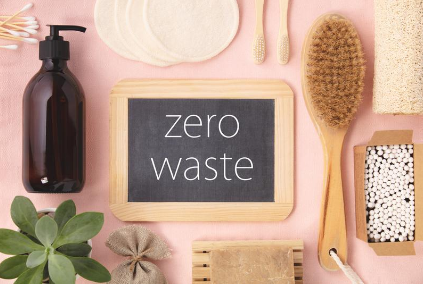
At present, biodegradable cosmetic packaging materials have been used for rigid packaging of creams, lipsticks and other cosmetics. Due to the particularity of the cosmetics itself, it not only needs to have a unique appearance, but also needs to have a packaging that meets its special functions.
For example, the inherent instability of cosmetic raw materials is close to that of food. Therefore, cosmetic packaging needs to provide more effective barrier properties while maintaining cosmetic properties. On the one hand, it is necessary to completely isolate light and air, avoid product oxidation, and isolate bacteria and other microorganisms from entering the product. On the other hand, it should also prevent the active ingredients in cosmetics from being adsorbed by packaging materials or reacting with them during storage, which will affect the safety and quality of cosmetics.
In addition, cosmetic packaging has high biological safety requirements, because in the additives of cosmetic packaging, some harmful substances may be dissolved by cosmetics, thus causing cosmetics to be contaminated.

Biodegradable cosmetic packaging materials:
PLA material has good processability and biocompatibility, and is currently the main biodegradable packaging material for cosmetics. The PLA material has good rigidity and mechanical resistance, making it a good material for rigid cosmetic packaging.
Cellulose and its derivatives are the most commonly used polysaccharides used in packaging production and are the most abundant natural polymers on earth. Consists of glucose monomer units linked together by B-1,4 glycosidic bonds, which enable the cellulose chains to form strong interchain hydrogen bonds. Cellulose packaging is suitable for storage of non-hygroscopic dry cosmetics.
Starch materials are polysaccharides composed of amylose and amylopectin, mainly derived from cereals, cassava and potatoes. Commercially available starch-based materials consist of a mixture of starch and other polymers, such as polyvinyl alcohol or polycaprolactone. These starch-based thermoplastic materials have been used in a wide range of industrial applications and can meet the conditions of extrusion application, injection molding, blow molding, film blowing and foaming of cosmetic packaging. Suitable for non-hygroscopic dry cosmetic packaging.
Chitosan has potential as a biodegradable packaging material for cosmetics due to its antimicrobial activity. Chitosan is a cationic polysaccharide derived from the deacetylation of chitin, which is derived from crustacean shells or fungal hyphae. Chitosan can be used as a coating on PLA films to produce flexible packaging that is both biodegradable and antioxidant.
Post time: Jul-14-2023
